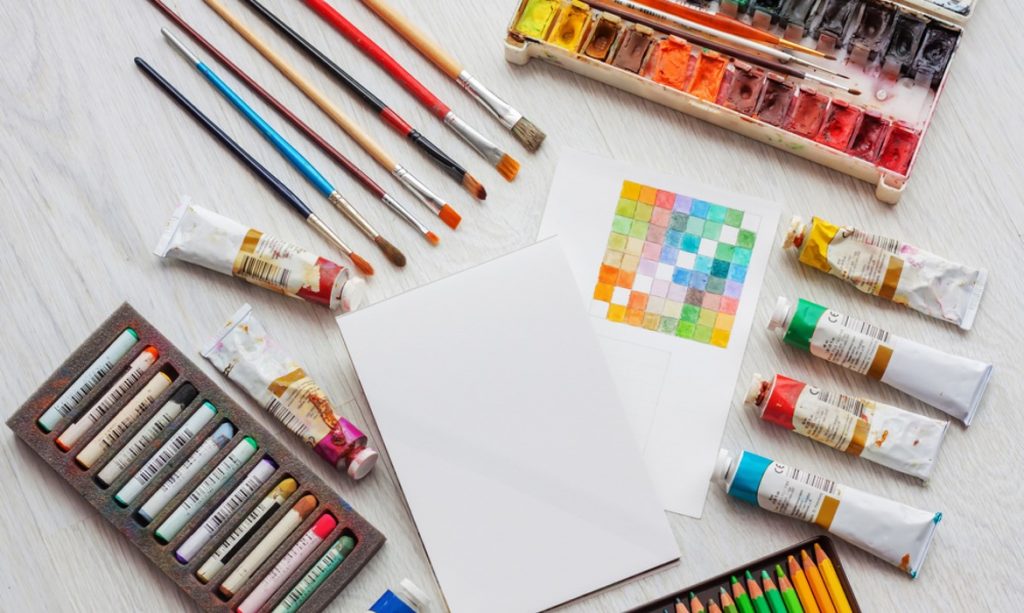
Painting has existed throughout the ages and is often showcased to reflect attitudes of an era or movement. From early cave paintings to the renaissance era through to modern art many different techniques have been used to reflect different opinions and ideals. In order to create the right effect a variety of different paints are available. To help you choose the right paint we have prepared a brief guide.
Acrylic Paint
Acrylic paints have been used by artists since the 1940s. Originally acrylic paints were formed from mineral spirit bases until they became replaced by water based paints also known as latex paint. These latex paints were formed from a binder such as vinyl or PVA added to pigment, filler and water.
Acrylic paints have qualities similar to traditional oil paints and watercolours. They are soluble in water and provide a permanent, quick drying finish. Acrylic paints are versatile and can be used to create a variety of effects. As you dilute the paint with water or alter it by adding acrylic gels or paste you can create a unique effect or use it to replicate the look of an oil or watercolour painting.
Gouache
Gouache is a name for a kind of paint as well as a style of painting. Gouache paint is formed from watercolour paint and opaque pigments with gum. Gouache produces an effect with strong shades with a less wet look when compared to ordinary watercolours.
Due to gouaches unique make up it can be used to create heavier tones which are more reflective. This is as the ratio of pigment to water is much higher than that of traditional watercolours.
Depending on the final result you are trying to achieve gouache paint may be difficult to use. As gouache paint dries differently to other paints it can be difficult to match the tones effectively. Lighter tones dry slightly darker while darker tones become a little brighter this can cause problems when matching colours over multiple sittings.
Poster paint is a form of gouache paint which is often used by children in school art lessons. The thick effect is useful for blanketing large areas with bold shades. Gouache is commonly used for graphic design work such as posters and banners. Due to its thicker consistency gouache is seldom used in fine and classical art and is often used for cells of animation and comic book illustrations.
Oil Paint
Oil paint is comprised of pigment with a binding agent such as linseed oil. Oil painting has been used for creating commercial art since the early sixteenth century and originates from England.
These techniques are still practiced today with few changes for easel painting.
Some oil paints have a low level of toxicity due to the make up of the pigment. Some tones such as primary colours contain cobalt, cadmium and other slightly toxic ingredients. These products have manufacturer’s warnings and care should be taken while children are painting.
Oil paint is a good choice for creating a piece over several sittings. The make up of oil paint is quite resilient and tubes can be left open for weeks. Oil paints are particularly good for blending tones with a high level of detail.
